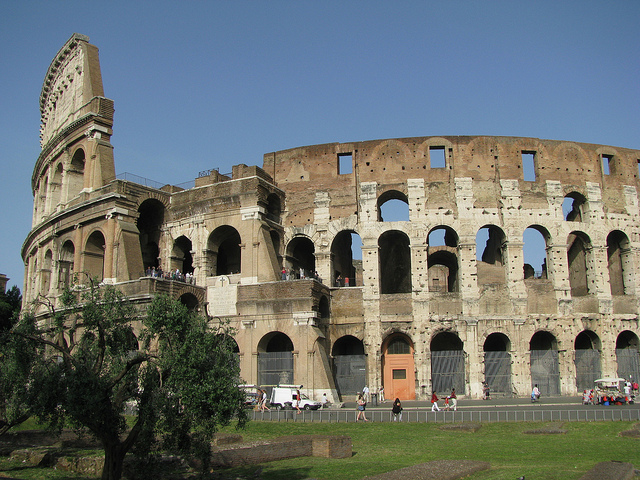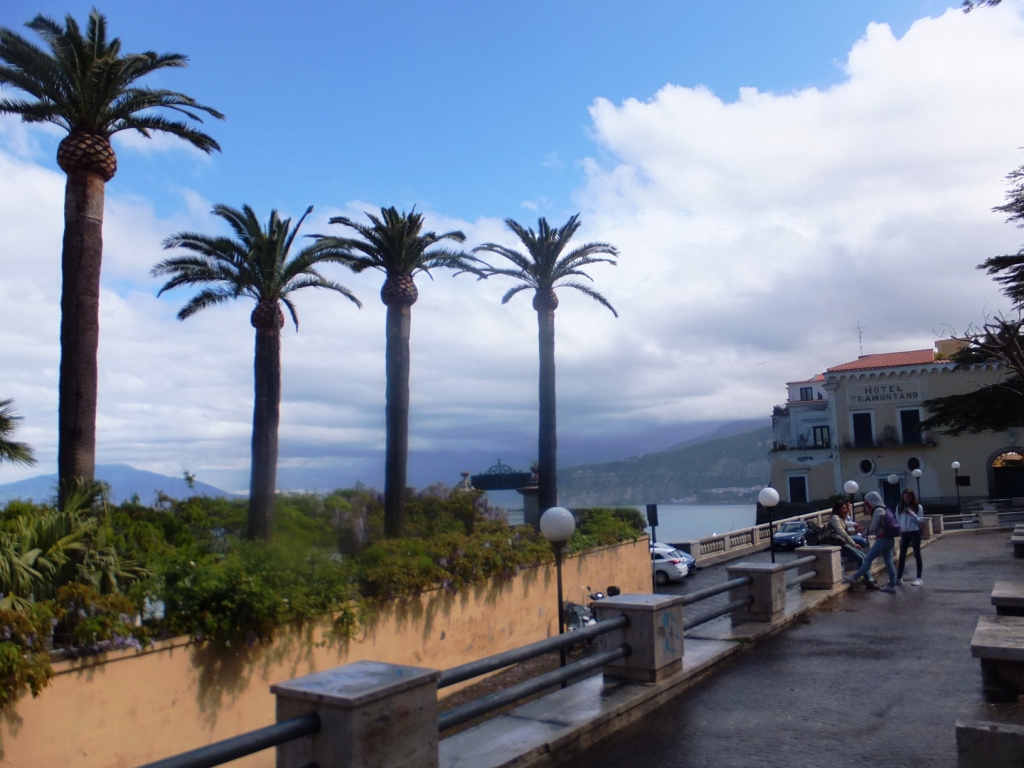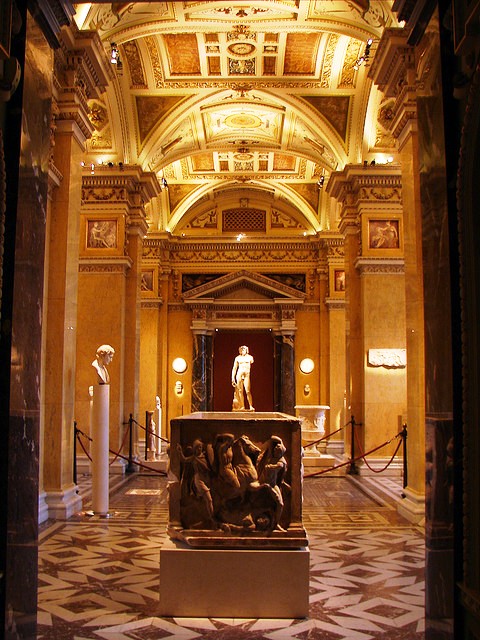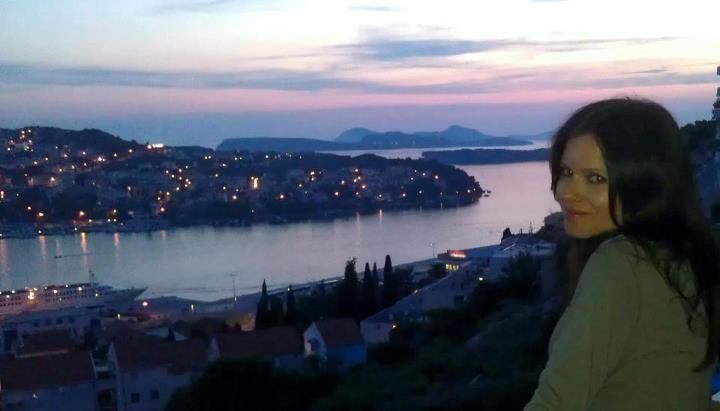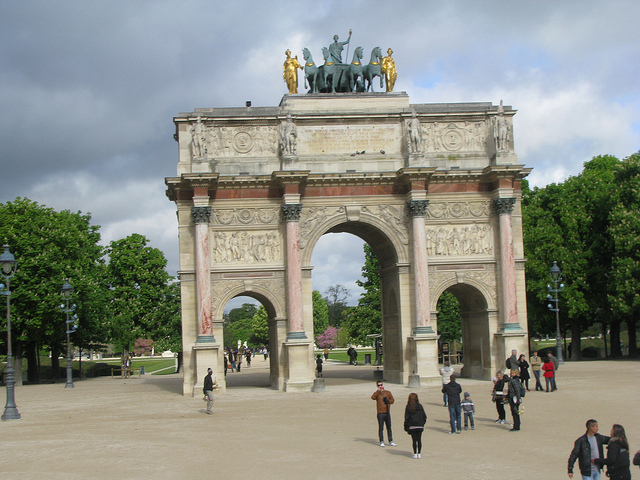Art, fashion, culture, delicious cuisine and great wines – Italy is known for everything that represents the good life. History buffs flock to this country, as it is one of the cradles of modern Western civilization. For all these reasons and many more, millions of people travel to Italy every year from all over the world to discover the mystique of “il Bel Paese” (the Beautiful Country).
Located in Southern Europe, Italy borders France, Switzerland, Austria and Slovenia, and it also surrounds the states of San Marino and Vatican City. It also boasts 7,600 km of gorgeous coastline with beautiful islands such as Sicily and Sardinia. The Alps and the Apennine Mountains run though most of the country and these geographic features make Italy a stunningly picturesque destination. A map of Italy will illustrate the country’s characteristic boot-like shape and its main destinations.
The weather in Italy depends very much on the region. The northern part of the country has a moderate climate with four distinct seasons, while areas near the coast and in the south have a typical Mediterranean climate with milder winters. Generally speaking, the best season to visit Italy is from April to June, when travelers can enjoy lots of sun with pleasant temperatures. Summers tend to be very crowded in Italy while late August to October also present a great time to travel. In the north, of course, you will be able to enjoy skiing from about November to March. Italy has something to offer the whole year round.
Italy is a hugely popular tourist destination with thousands of interesting places to visit – here are some of the most popular ones:
- Rome (Roma): Rome, the capital, is the most populous city in Italy and is called the “Eternal City” due to its 2500 years of history and culture. While Milan is the economic centre, Rome is the political and cultural heart of Italy. There are countless historical sites in the city and many of them are designated UNESCO World Heritage Sites. Needless to say, the most famous site is the Colosseum, an elliptical amphitheatre that was completed in 80 AD. The Roman Forum (Foro Romano) with its ancient government buildings, was the seat of power of Classical Rome. The most dazzling building, the Pantheon, was built as a Roman temple almost 2000 years ago and was later turned into a Catholic church. It is one of the world’s most well-preserved buildings from antiquity. The Pantheon has a central opening in the ceiling that lets in daylight, an absolutely fabulous effect. The Vatican, seat of the Roman Catholic Church, is also located in Rome and St. Peter’s Basilica, a magnificent structure, has the largest interior of any Christian church in the world.

- Florence (Firenze): The birthplace of the Italian Renaissance, Florence is considered to be one of Italy’s cultural, artistic and architectural gems. The Galleria degli Uffizi is the most famous art museum among the many museums in this city. You can see world famous Renaissance paintings and sculptures, including Michelangelo’s David. Santa Maria del Fiore (the Duomo di Firenze) is the iconic cathedral of the city. There are usually long lines of tourists who try to climb its 464 steps. The top of the Duomo will give you the best views of Firenze.
- Venice (Venezia): Located in northeastern Italy, Venice is truly unique, given its construction on wooden piles. Known as the “City of Water” and “City of Canals“, Venice was built on 117 islands. To get around, people use the classical Venetian boat, the gondola, or the much cheaper equivalent of a public bus – the vaporetto. Venice features many outstanding historic sites, such as St Mark’s Basilica, the Grand Canal, the Piazza San Marco and so on. If at all possible, you should visit Venice during the Carnival of Venice which starts 40 days before Easter. Venice is known for its distinctive masks that are worn during “carnevale”.

- Milan (Milano): Located in the northern part of Italy, Milan is the second largest city in Italy and the most important center of trade and finances. Milan does not have the historical atmosphere that other cities have, but tourists visit Milan for its traditional and modern life style. Milan’s fashion shows are among the most prestigious fashion events in the world. The most popular site in Milan is the Gothic Duomo, the world’s fourth largest cathedral. Its mix of green and pink marble walls, 135 spires and 3200 statues is amazing. It is the dream of many dancers and opera singers to perform in the Teatro alla Scala (La Scala) where world class performances take place every night.
- Naples (Napoli): Located on the west coast on the Gulf of Naples, Napoli is known the world over for its rich history, art, culture, architecture and music. Founded by the Ancient Greeks in the 7th century BC, the city today has 448 historical churches, the most of any city in the world. Castel Nuovo (also referred to as Maschio Angioino) in the historic centre of Naples is a huge medieval castle on the city’s shores. Naples Cathedral (Duomo di Napoli) is the main church of Naples and was completed in the early 14th century. Close to Naples, the city of Pompeii was partially buried in ash by a volcanic eruption of Mount Etna in 79 AD. Rediscoverd in 1749, this site attracts 2.5 million visitors every year who want to see the well-preserved details of day-to-day life in the Roman Empire.
- Torino (Turin): Located in the north of Italy, Torino is the centre city of technology and industry and global headquarters of FIAT. Due to its proximity to the Alps, the 2006 Winter Olympics took place here. The Palazzo Reale which was built in 17th century was the royal palace of the House of Savoy. The Egyptian Museum of Turin has a prestigious collection of ancient Egyptian antiquities and specializes in archaeology and anthropology.
Italian cuisine is one of the most popular in the world and commonly uses lots of tomatoes, garlic and olive oil. Emanating from Italy, pasta and pizza have become staple foods all across the world. In the north of Italy, the cuisine is hearty and often uses potatoes and rice. Central Italy uses lots pastas, roasts and meat, while Southern Italian cuisine relies heavily on vegetables, seafood, pasta and pizza. Famous Italian dishes include Risotto which is cooked in broth to a creamy consistency. Meat, seafood, cheese and vegetables are added, depending on the chef’s preferences. Arancini, fried balls of rice, are often filled with meat sauce, tomato sauce or cheese and are very popular in the south. Polenta is a dish made from corn meal that is often served with deer or boar meat in northern mountain restaurants.

There are many beautiful beaches in Italy and some of the most stunning ones are found in Southern Italy (Apulia, Calabria) and on the islands of Sicily and Sardinia. The Circeo National Park south of Rome features a beach that is 20 kilometers long. The Alps in the north and the Appenine Mountains that stretch along the entire length of Italy’s boot, present great opportunities for outdoor adventures. The country’s many lakes, long coastlines and rivers attract countless watersports enthusiasts.
As the birthplace of Western culture (together with Ancient Greece), Italy has the largest number of UNESCO World Heritage Sites in the world. A diverse and beautiful country, Italy will satisfy your curiosity with its blend of history, architecture,
